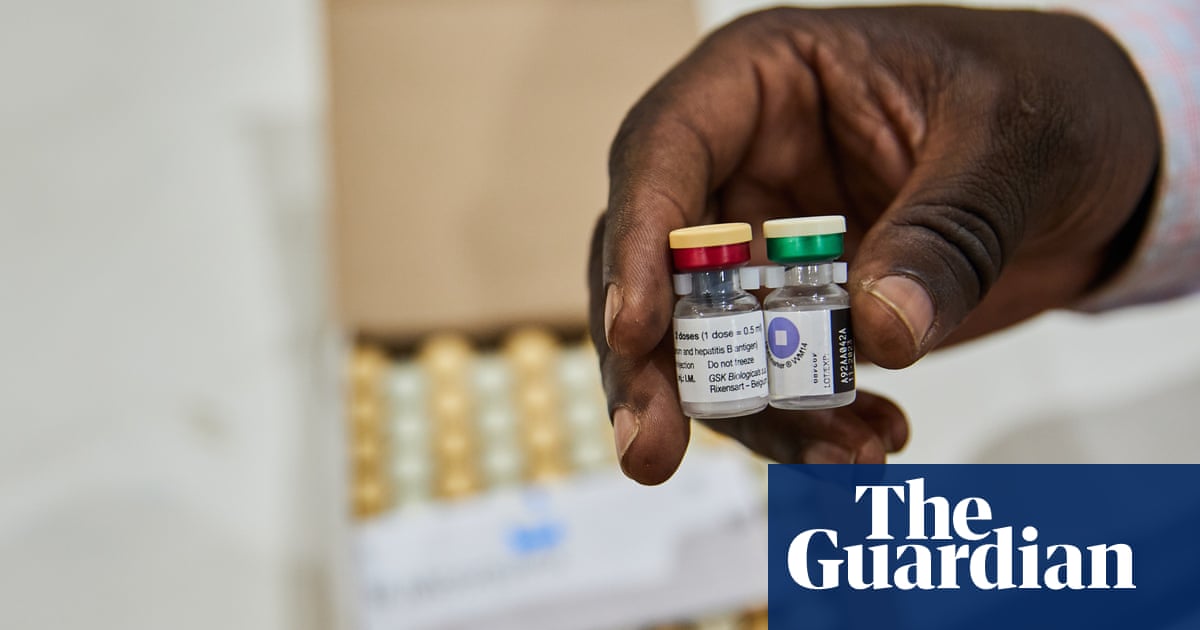
Analysts are involved in an urgent effort to gauge the impact of Britain’s mass Covid-19 vaccine campaign and to pinpoint dates when lockdown measures can be eased.
More than 3 million people – most of them elderly or vulnerable individuals or health workers – have already been given jabs. Now researchers are trying to establish when the first fruits of the mass vaccination programme may be seen as the government heads towards its target of immunising more than 13 million people by 15 February.
Most agree that the impact of the vaccine may vary widely regionally and among different groups. Nevertheless, it is expected the first indications of the jab’s success should become apparent in a few weeks.
“We won’t see numbers of cases drop significantly in the next few weeks but we should see the vaccine having an impact in our analyses of cases, then not long afterwards hospitalisations and then deaths should decrease noticeably,” said Professor Adam Finn, of Bristol University.
One analysis released last week by the Covid-19 Actuaries Response Group – set up last year by actuaries, epidemiologists and longevity experts to study the disease’s impact on the UK population – painted a graphic picture of what lies ahead.
Written by actuary John Roberts, it predicts that material reductions will be seen in hospitalisations starting from mid-February, and reported deaths in early March. In contrast, the impact on numbers of cases is likely to be seen sooner, according to the group’s analysis. However, the reduction there is likely to be smaller.
Several key factors will influence the impact of the vaccine, says Roberts: the prevalence of the virus in the population, the effectiveness of each vaccine, and the take-up of the vaccine. If the virus is widespread, and the vaccine is not as effective as expected, then the programme will take longer to have an impact.
Refusal to be vaccinated could also affect case reductions.
Nevertheless, several key forecasts can be made, he states. Firstly, over the next few months, the vaccine will only cause overall numbers of cases to drop by 10%-15% of current levels – because that decline is proportionate to the numbers being vaccinated
However, it is in the second category – hospitalisations – that the mass vaccination rollout will have a noticeable impact, and that is because the programme has been specifically targeted at the old and the vulnerable – those most likely to need treatment in a hospital. As a result, hospitalisations are likely to start to decline at the end of January and reach 40% of current levels by the middle of March.
This decline will be less apparent for those admitted to intensive care units (ICUs). Once in hospital, the very elderly are generally not selected for such treatment, and so ICU admissions are likely to drop to only 65% of current use by early April.
However, it is the impact on death rates that will show the greatest effect of vaccinations, it is thought. The rate will not start to drop noticeably until late February but once the decline starts it should accelerate quickly until, by mid-April, death rates linked to Covid-19 will be reduced to below 20% of current levels. This reduction – in hospitalisations and deaths – suggests that the NHS, while still facing continued severe stress over the next few weeks, can expect to achieve stability by spring.
This optimism was shared by England’s chief medical officer, Chris Whitty, who told Friday’s Downing Street press conference he thought there was “a reasonable chance things will be a lot better in the spring”.
• The government is today urging the public to join a “national effort” by helping friends and family over 80 to sign up for vaccinations. The NHS has vaccinated about 45% of over-80s in England so far. Now Matt Hancock, the health secretary, is asking the public to sign up to three pledges to support the effort – to “help out” those over 80; to “join up” to clinical trials for Covid-19 vaccines and treatments; and to “stay informed” by keeping up to date with the latest NHS advice.












